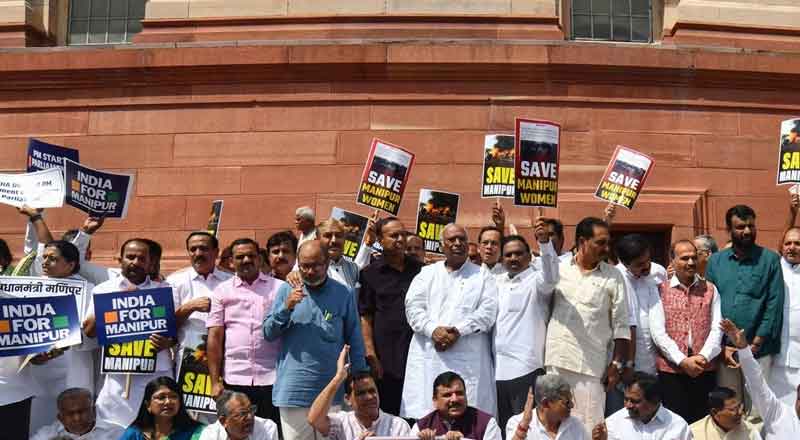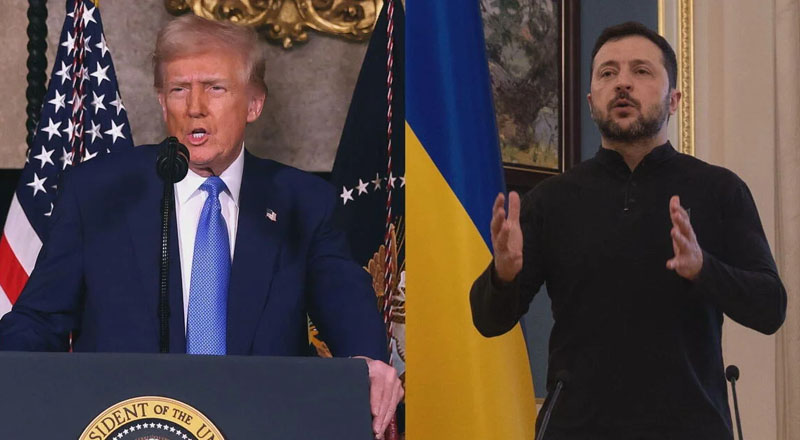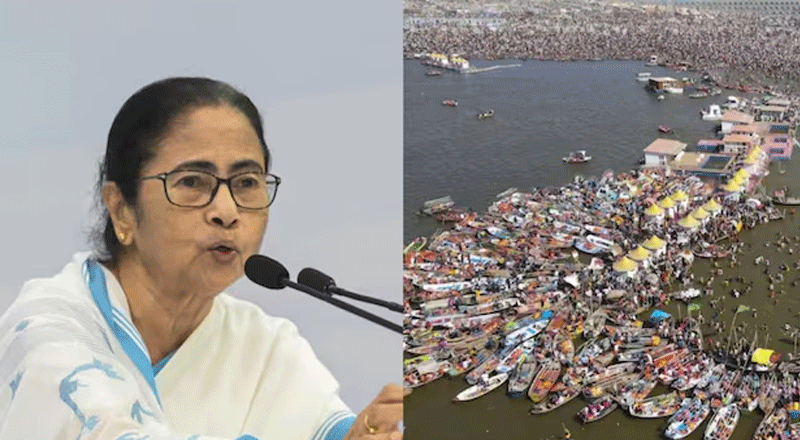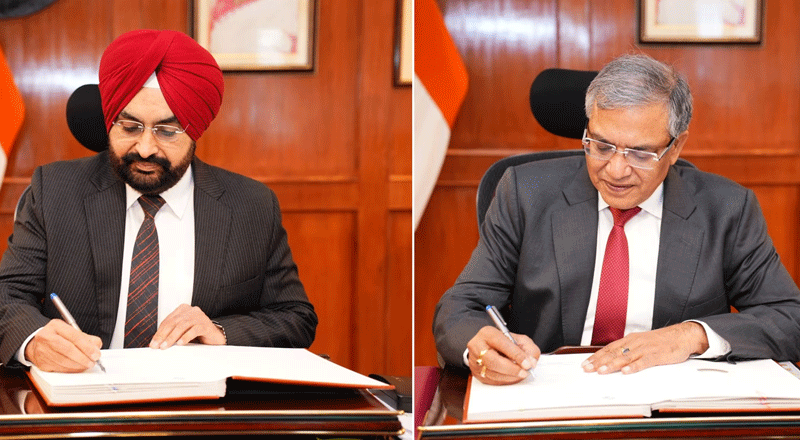- The newly formed INDIA opposition alliance has filed no-confidence motions against the Narendra Modi-led government in Lok Sabha.
- Even though the opposition parties do not have the numbers to win a floor test, they argue that they will win the battle of perception by cornering the government on the Manipur issue in the Parliament.
- In the 543-member Lok Sabha, the ruling NDA currently has a strength of 331. The Opposition ‘I.N.D.I.A’ alliance has 144 members in the house.
- The no-confidence motion will only be held if it is backed by 50 members of the house.
- A no-confidence motion is a parliamentary tool used by the opposition to express its lack of confidence in the government.
- If the motion is passed in the House, the entire cabinet, including the Prime Minister, must resign.
- Several leaders like Morarji Desai, Charan Singh, VP Singh, and Atal Bihari Vajpayee saw their governments fall due to no-confidence motions.
The Congress party, as part of the newly formed INDIA opposition alliance, along with Telangana’s Bharat Rashtra Samithi (BRS), have filed two separate no-confidence motions against the Narendra Modi-led government in Lok Sabha. This move comes amidst the ongoing parliamentary impasse over the ethnic clashes in Manipur that have left over 125 people dead, thousands displaced and new tales of unspeakable horrors each day. The conflict, and the government’s inability to end it even after three months of violence, has been a key reason for the continuous logjam in both houses of parliament since the monsoon session began on July 20.
Even though the opposition parties do not have the numbers to win a floor test, they argue that they will win the battle of perception by cornering the government on the Manipur issue in Parliament. The no-confidence motion will only be held if it is backed by 50 members of the house. While the Congress motion is expected to find the necessary support, the BRS holds only 9 seats in the Lok Sabha.
In the 543-member Lok Sabha, the ruling NDA currently has a strength of 331. The Opposition I.N.D.I.A alliance has 144 members in the house.
They contend that it is also a strategy to make the prime minister speak in Parliament on the crucial matter even as the government has been insisting that Union Home Minister Amit Shah will reply to the debate on the Manipur situation.
Opposition members have resorted to protests and sloganeering in Lok Sabha and Rajya Sabha, forcing repeated adjournments of the two Houses since the commencement of the monsoon session. The government has said it is ready for discussion on Manipur but the opposition parties are pressing for discussion under a rule which also entails voting.
A no-confidence motion is a parliamentary tool used by the opposition to express its lack of confidence in the government. The ruling party must then prove its majority in the House to maintain confidence. If it loses the majority, the government will fall immediately. The government can remain in power as long as it has the majority in the Lok Sabha.
Often used as a strategic tool by the opposition, the no-confidence motion allows them to question the ruling government, highlight their failures, and discuss them in the House. If the motion is passed in the House, the entire cabinet, including the Prime Minister, must resign.
The no-confidence motion has historically been used as a form of protest to keep the government accountable. It has been instrumental in toppling governments, especially when coalition governments started to form. From Jawaharlal Nehru, the country’s first Prime Minister, to Narendra Modi in 2018, several leaders have faced this proposal. While some survived, others like Morarji Desai, Charan Singh, VP Singh, and Atal Bihari Vajpayee saw their governments fall due to no-confidence motions. The last no-confidence motion faced by the Narendra Modi-led NDA government in 2018 was defeated by 199 votes.
(With inputs from agencies





